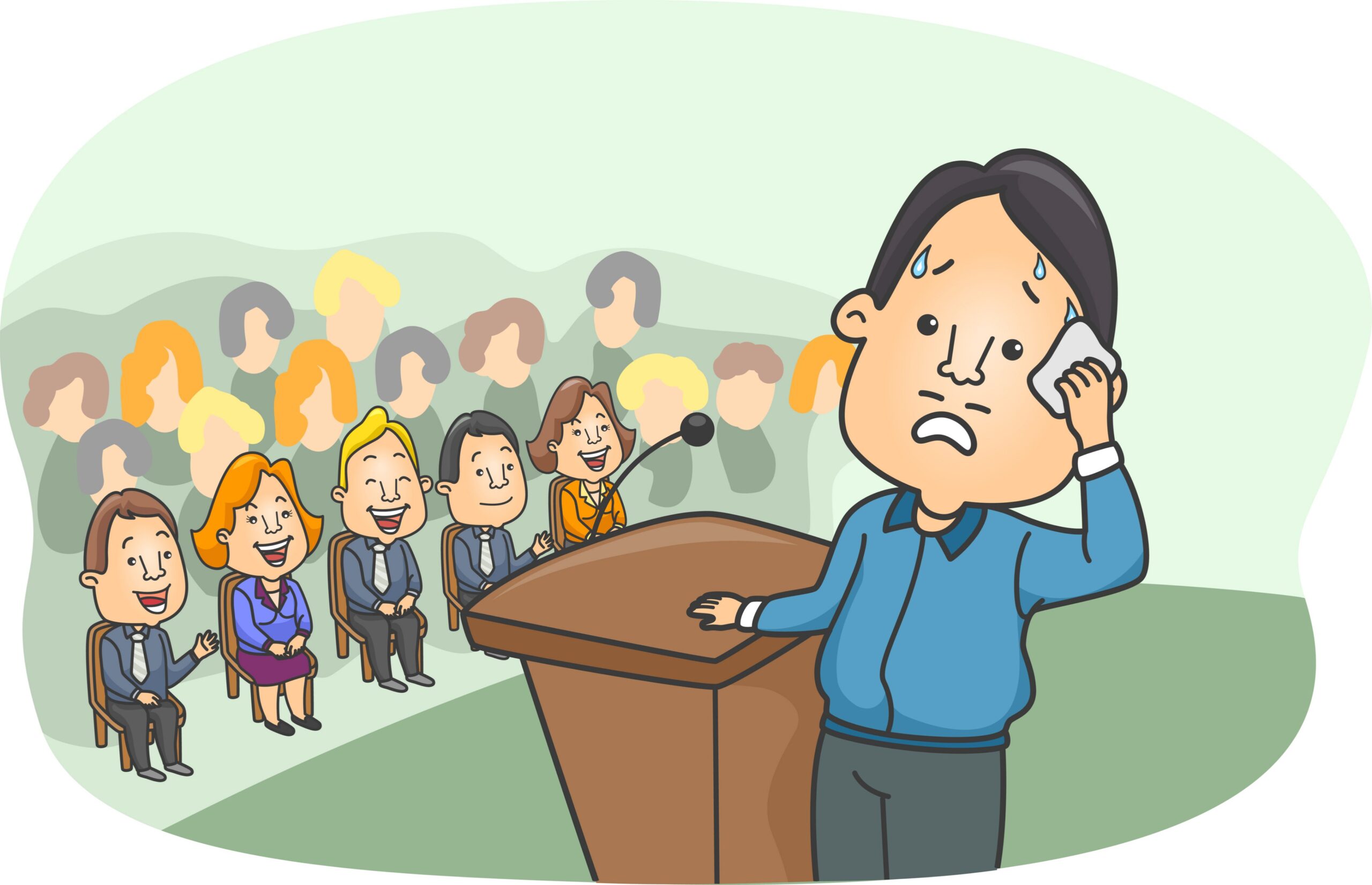The concept of unemployment refers to the situation in which individuals who are looking for work to employ their skills and experience are unable to find those opportunities. Creating job opportunities for individuals, as well as the ability of these individuals to easily obtain work through which they can earn money to contribute to the economy’s gross domestic product (GDP). The unemployment rate is calculated by dividing the number of individuals or unemployed persons by the number of labor force in the country and multiplying by a hundred. Some governments provide compensation or unemployment insurance to unemployed individuals who meet the requirements, and high unemployment rates can indicate serious financial distress on the country’s economy and may significantly affect the social and political environment, sometimes leading to the occurrence of disturbances that would destabilize the state’s internal tranquility.
How did the concept of unemployment appear?
The modern concept of unemployment arose at the end of the nineteenth century, and that happened when the governments of countries began to gradually take the necessary measures at the private and public level to support those individuals who were unable to find suitable job opportunities for themselves. Regarding the general societal welfare and at the beginning of the emergence and emergence of the concept of unemployment, not all non-working individuals were included under the name of unemployment, as there were certain specifications for this. The economic crises faced by some countries in the late nineteenth century The term “unemployment” was used by social reformers to denote the magnitude of the danger associated with this problem.
What are the types of unemployment?
Unemployment is a global problem that various countries suffer from and, in general, affects all economic activities significantly, which prompted many analysts and economists to study and understand it in depth. Accordingly, the responsible authorities divided unemployment into four types that will be clarified through the following:
Frictional unemployment
This type of unemployment occurs when individuals voluntarily change their jobs within the country. It is very normal for it to take time to find a new job after a person leaves his job. An example of frictional unemployment is the entry of the newly graduated workforce into the labor market and being classified under the unemployment section until they find a job. The right job, within their field of study, usually this type of short-term unemployment, which has the least impact on the health and general outlook of the economy, is a corollary that proves that processes within the market take time.
Cyclical unemployment
This type of unemployment occurs during periods of recovery and economic downturn in the form of a discrepancy in the numbers of the unemployed. For example, when oil prices differ, the unemployment rate around the world is affected, so that the unemployment rate rises during the recession period and decreases during periods of economic growth, and governments use several different methods to treat this unemployment due to the significant negative impact that this type of unemployment can have on the economic and social aspects.
Structural unemployment
Structural unemployment stems from technological changes in the structure of the economy, which includes the labor market. When technological developments are made in the work environment, such as replacing transportation or automating manufacturing and packaging processes, this will affect the volume of labor required within factories or producing companies. Replacing the employee with a machine or technology will contribute to raising the unemployment rate. The process of rearranging these employees and training them to deal with technology is costly and time-consuming.
Institutional unemployment
Institutional unemployment is caused by long-term or permanent institutional factors and incentives in the economy, such as government imposition of new minimum wage policies, social benefit programs or social security, or higher union rates in labor market institutions, as well as increasingly restrictive occupational licensing laws. significant, and many other factors in which institutions play a role.

What are the causes of unemployment?
There must be reasons that led to the occurrence of the problem of unemployment of all kinds, and these reasons can be summarized through the following:
- The difference between depression or stagnation and economic prosperity is that unemployment rates rise when economic stagnation occurs in the country and decrease when the opposite occurs.
- The natural rate of unemployment, which is generated by employees leaving their work in search of other jobs, as it symbolizes the period of time during which the employee remains unemployed in search of another job.
- The mismatch between the offered jobs and the qualifications or skills possessed by individuals may be attributed in one way or another to the educational background of the individuals.
- The great technical development witnessed by companies and industries in general.
- Changes in the social attitudes of some jobs as unsuitable for the individual and evaluated on incorrect grounds.
- Political changes that employees are exposed to, such as changing the minimum wage for employees and the number of employees that companies can afford.
- The preference of capitalists or business owners in the economy is to increase unemployment rates, as studies on systematic unemployment have proven and confirmed that with large numbers of unemployed people, it is possible to hire individuals at a lower wage and accept the conditions that can be placed on them.
- Keeping the wages of some employees relatively high for various reasons, including the positions these employees occupy and the nature of the companies or institutions they work for.

Unemployment effects
The effects of unemployment on individuals
- Low income
Unemployed individuals suffer from a decrease in their total income as a direct result of not having a stable job that provides them with adequate income for their needs, and unemployed individuals often depend on the wages they receive and have no other source of income to finance the cost of their basic expenses.
- Health problems
Unemployment can affect the physical health of people, so that unemployment can be considered very stressful without achievement, and this affects the psyche of the individual, and the effects may be psychological stress, headaches, high blood pressure, diabetes, heart disease, and many others.
- Negative family effects
The family of the unemployed person is exposed to great psychological pressure resulting from the accumulation of expenses and debts, and the unemployed person receives greater family challenges.
- Mental health challenges
Studies have shown that unemployment increases people’s chances of developing depressive symptoms due to lower subjective well-being and lower self-esteem.
The effects of unemployment on society
Unemployment affects the local community or the society in which the unemployed reside, but on the other hand, the unemployed do not affect the community, unless there are large numbers of unemployed people, which will contribute to the high rates of them in certain areas and consequently the increase in poverty and slums which plays a role in influencing the community and the standard of living of the individuals who live in it, so that recreational activities, quality of housing, and limited access to means of communication, the Internet, or even transportation will decrease.
The effects of unemployment on the economy
Unemployment affects the economy as a whole. When people are unemployed, they spend less money, which ultimately contributes to reducing the public’s contribution to the economy in terms of goods, services, and products. Unemployment affects purchasing power, which can also lead to an increase in unemployment. This makes it a closed loop.

Suggestions for solving the unemployment problem
Given the significant impact that unemployment has on individuals and societies, it was necessary to work on analysis and investigation to find appropriate solutions to treat the problem and prevent negative effects in general. Through the following, the most prominent proposals that were put forward can be summarized:
- Change in industrial techniques, as the industrial techniques used in production must match the needs of the state and its citizens.
- Attempting to abolish the policy of seasonal unemployment, as this type of unemployment exists in industries related to agriculture and must be reduced through the cultivation of multiple crops, encouraging farmers, gardening, animal husbandry, and obtaining milk, in addition to encouraging cottage industries.
- Changing the education system: the educational style must be completely changed as the focus must be on vocational education, performance development, and qualifications, in addition to supporting people who love to learn in completing postgraduate studies, in order to produce a generation capable of starting their own work upon completion of university studies.
- Expand opportunities for turnover at work, so that individuals can learn from the work and tasks of others in short periods that do not affect the performance of tasks related to their primary job.
- Providing assistance to people working for their own account, so that people who run their own business are financially supported, raw materials and technical training necessary to carry out the business to the fullest, which may contribute to opening new job opportunities to serve the community.
- Encourage full and more productive employment, as companies must make it their primary goal to create the largest possible number of job opportunities and work productivity at the same time, so that they can provide job opportunities for the largest number that can be absorbed by them.
- The increase in the productivity of cottage industries as an increase in employment must increase the volume of production and encourage development in this field.
- Increasing the rate of capital formation means providing individuals with the necessary support for their own capital formation. This means providing an opportunity to build a new project and thus increasing employment opportunities in the communities.
- Giving more importance to employment programs, where programs such as irrigation and roads can provide different job opportunities for people.
Read also: What is meant by stocks and what are their types?



